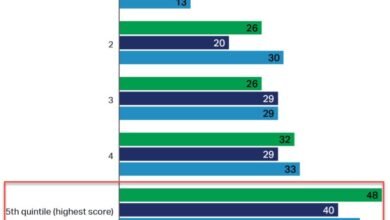
Source | humanyze.com | Ben Waber
At this point in the pandemic, it’s trite to say that the workplace has changed forever. No one, however, can credibly claim to know what it’s evolved into. We do know that work won’t look like it did pre-pandemic, with the majority of companies requiring people in the office every day and customers demanding one-hour face-to-face meetings (even if cross-country travel is required). The future is unknown, but full of possibilities.
This is where the fairly amorphous term “hybrid workplace” comes in, meant to convey that people will sometimes be in the office and sometimes not. However, so much variance exists within this space, as “not being in the office” can mean going to a local co-working space, working at a customer’s office, or working from home. Being “in the office” could mean a small satellite location with a few close collaborators or working on a sprawling corporate campus – both ensuring spacing according to guidelines. When people are in one location, is that for one day a week? Three? Is every week the same? The exciting thing about this future is that it has halted the mindless convergence to a single type of workplace experience strategy and expanded the possibilities for every organization. No one knows what will work, but more importantly, everyone knows that what works this year may need to change next year.
This rise in hybrid workplaces is by no means inevitable or universal. Some companies and employees have instead pushed for a fully remote model or for a full eventual return to the office. Regardless of the ultimate strategy, these decisions around the workplace are essential because they fundamentally alter how people collaborate, which is the lifeblood of all organizations. It’s here that data takes a central role. For example, collaboration data can help reveal how teams have been most disrupted in their work patterns and which might benefit from going back to a physical workplace sooner. It also shows which teams are operating more or less the same as before, and can continue to work remotely with little disruption or negative impacts. This equips leaders with pinpoint accuracy and objective validation when planning a customized approach for each part of the organization, and ensures that employees have the best environment to work, collaborate, and excel.






